A seasonal produce guide for the month of January, with tips on how to choose, store and prepare each ingredient! Plus, multiple recipes included for all 8 produce items!
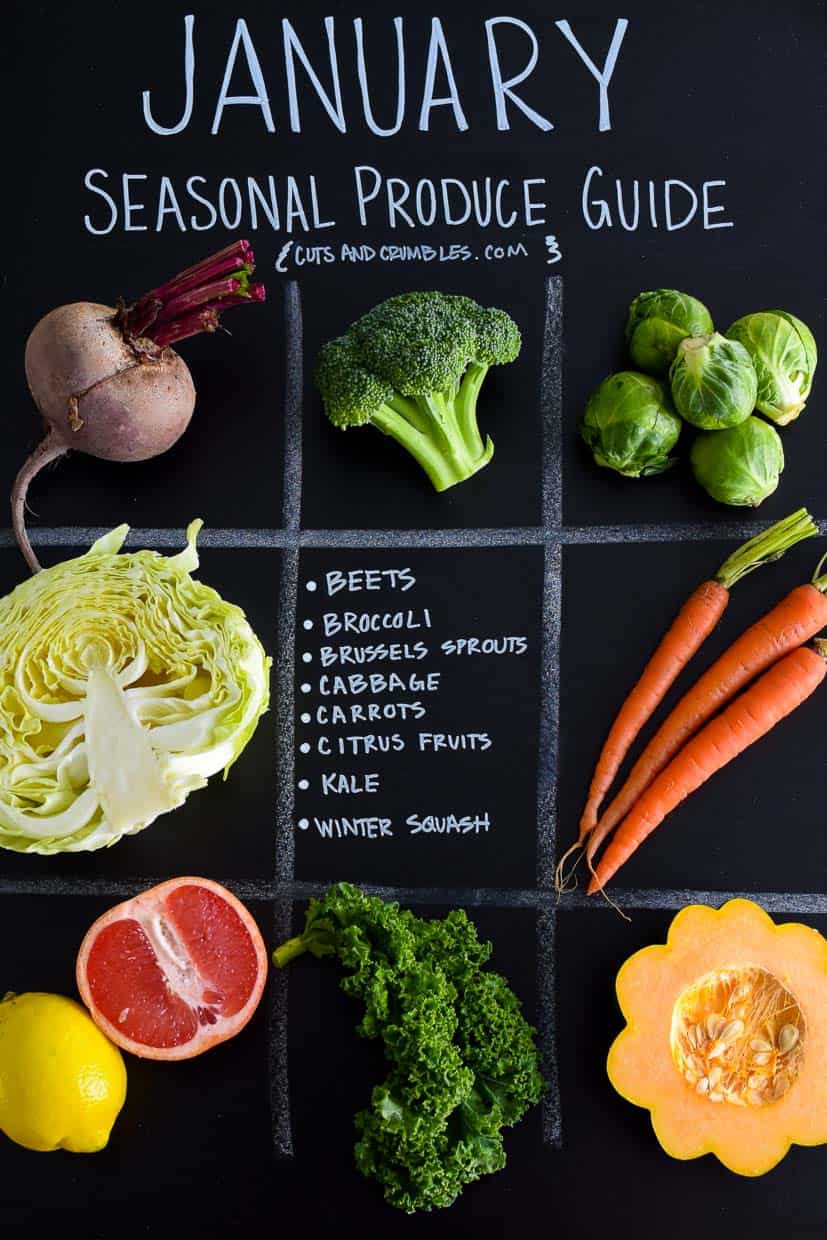
Happy January!! I know during the middle of winter you may not be thinking "now is the time to be loading up on fresh fruits and veggies," but there is still plenty of fresh food to be had during these months if you know what you're looking for!
These monthly seasonal produce guides are designed to help you determine exactly what foods are currently in season, how to choose them and store them, as well as give you some great recipe ideas from fellow food bloggers that incorporate these seasonal finds! There's no need to wait until summer to load up on fresh fruits and veggies, you can totally enjoy them right now!
Eating seasonally will help you save money while increasing the amount of flavor and nutrients you are obtaining from your food. So let's dig into our January Seasonal Produce Guide!
Jump to:
Beets
Beets are a vegetable that I am still becoming accustomed to. They kind of scare me, to be honest. They seem like the octopus of vegetables and I feel like if I make them angry they're just going to ink everywhere and ruin every cutting board I own. However, beets have really won me over after a few of our Niagara trips, where I first tried them in the very popular beet salads in Canada.
- How to choose them:
- Choose beets that are round, smooth, hard and free of bruising, cuts, soft or moist spots, or flabby skin. The taproot should be slender.
- The leaves should be small, crisp and dark green. They wilt quickly so they're a good indicator of the freshness of the beets. If they are wilted, yellowed or rotten, you shouldn't purchase it. If the leaves have been removed, make sure at least 1 inch of stem remains.
- A beet should have an intact root, otherwise, it may spoil more quickly.
- They should be firm to the touch but not rock hard, otherwise, they will be hard to cook. Soft spots indicate that it may be rotten inside.
- The smaller the beet is, the more tender it will be.
- How to store them:
- Cut off the greens before storing to reduce moisture loss, but leave on at least an inch of stem (however, baby beets should be stored with the greens on).
- Beets can be stored in the refrigerator in a sealed bag for 10 days to 3 weeks and should not be washed prior to storing. You can also store them in a cool, dark place, such as a basement shelf. Check them regularly for odor or any green or black spots, and dispose of if you notice any.
- If you're going to eat the leaves, store them in a bag in your crisper drawer and eat them within 1-2 days (can be eaten raw or cooked).
- How to prepare them:
Broccoli
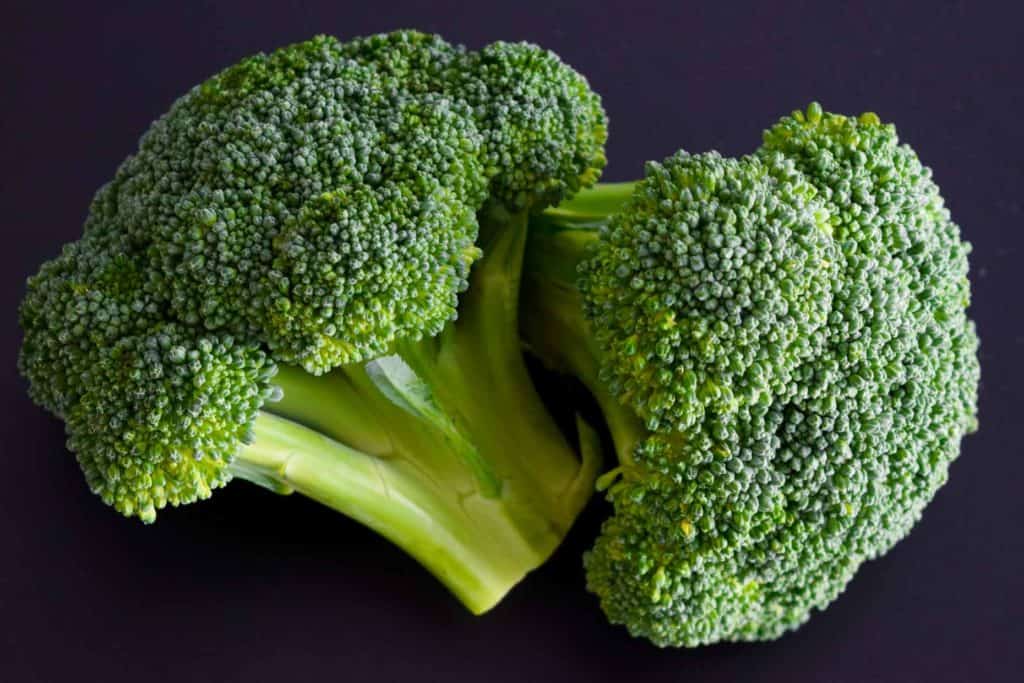
Ahhh, broccoli. The veggie with the worst rep on the block. I'm not really sure who to blame for this. Adults? The media? Poor cooks who boil broccoli until its nothing but a sad, soggy shell of what it once aspired to be?
Personally, I'm a huge fan of broccoli, especially roasted with olive oil, balsamic and garlic and served with a nice steak! But if roasted broccoli is not your thing, there are a million ways to serve it that doesn't have to be a sad piece of tasteless, boiled broccoli alone on a fork!
- How to choose it:
- The broccoli should be an even, dark green color with tight florets and firm stalks. The more compact the clusters of florets are, the fresher the broccoli is! The older it gets, the more it will start to spread out and the more the florets will begin to yellow. (Older, yellowed florets will work well in soups or stocks.)
- The cut ends of the stalk should look fresh and not dried out.
- Choose broccoli that looks heavy for its size.
- How to store it:
- You can mist the heads of the broccoli, but do not wash it (too much moisture may cause molding.)
- You can wrap the broccoli in a damp paper towel, but you don't want to store it in a plastic bag because broccoli needs proper air circulation.
- Store the broccoli in the refrigerator and eat within 3-5 days.
- How to prepare it:
Brussels Sprouts
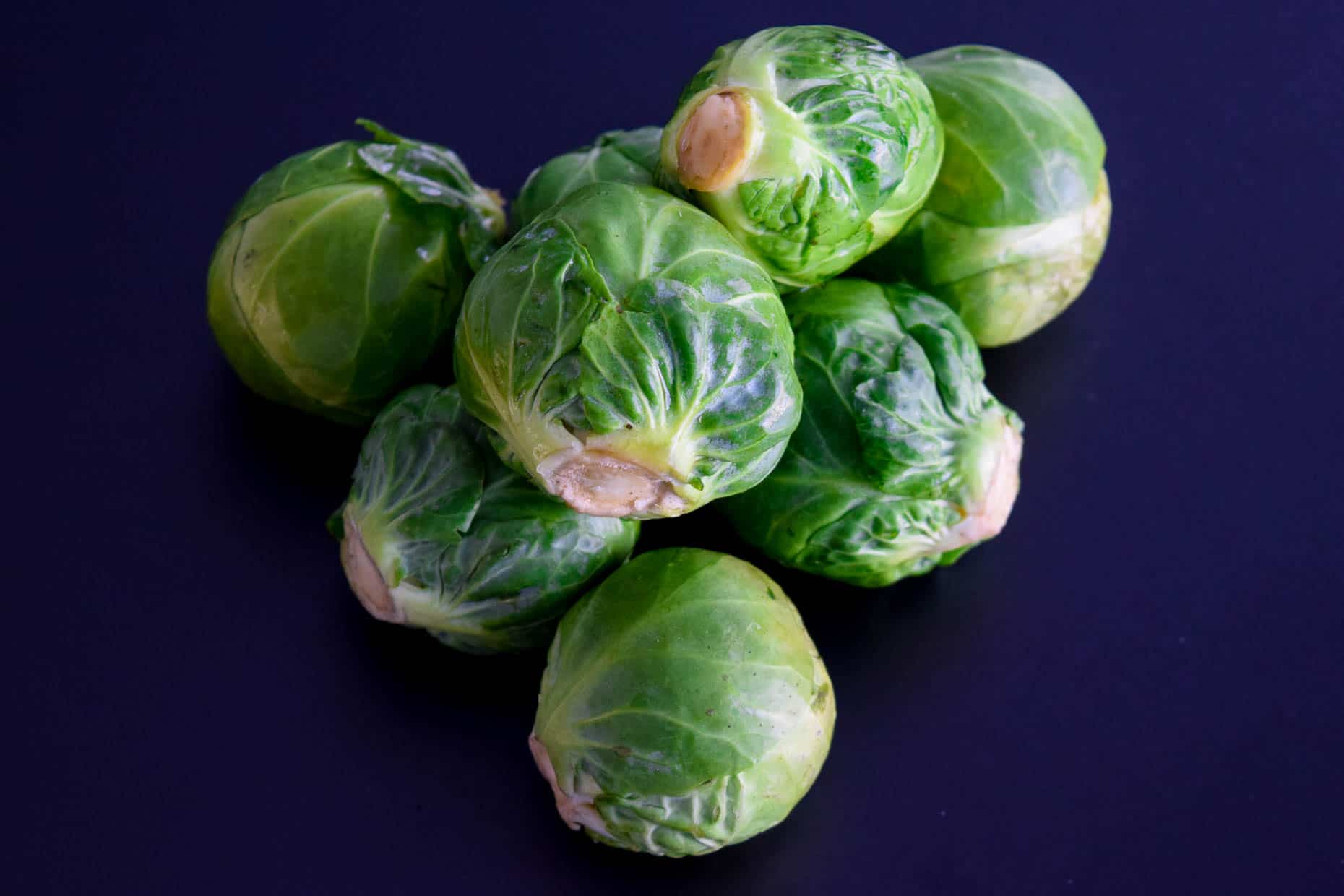 Okay. I'll be honest and say I don't even think I ate brussels sprouts until a few years ago when I met Andrew. Or if I did, they were boiled into a deep depression with their sad compadre broccoli, so I thought I hated them.
Okay. I'll be honest and say I don't even think I ate brussels sprouts until a few years ago when I met Andrew. Or if I did, they were boiled into a deep depression with their sad compadre broccoli, so I thought I hated them.
Turns out they're my favorite vegetable! Once again, I love these roasted with some garlic powder and olive oil/balsamic, and I could eat them for a living if you toss them with some bacon and blue cheese (see the first recipe below!) It's all in the preparation!
- How to choose them:
- You can buy brussels sprouts on the stalk or loose. And if you've never seen them on the stalk, I encourage you to Google that right now because it's pretty nifty.
- Sprouts on the stalk will be richer in flavor and will last longer.
- Brussels sprouts are very similar to broccoli in that you're looking for ones that are heavy for their size, a bright green color, and tightly packed. They should also feel hard when pressed.
- Smaller brussels sprouts will be sweeter and more tender, while the larger ones will taste more like cabbage
- How to store them:
- Store in a tightly sealed bag or bowl in the refrigerator until ready to eat.
- Try to store in the coldest part of your fridge, preferably in the back of the top shelf.
- If you bought them on the stalk, remove before storing (unless you have room to store a giant stalk! In which case you can store it in a container of water and break the sprouts off as needed.)
- Brussels are best if eaten within a few days, but will last for a few weeks in the refrigerator.
- How to prepare them:
Cabbage
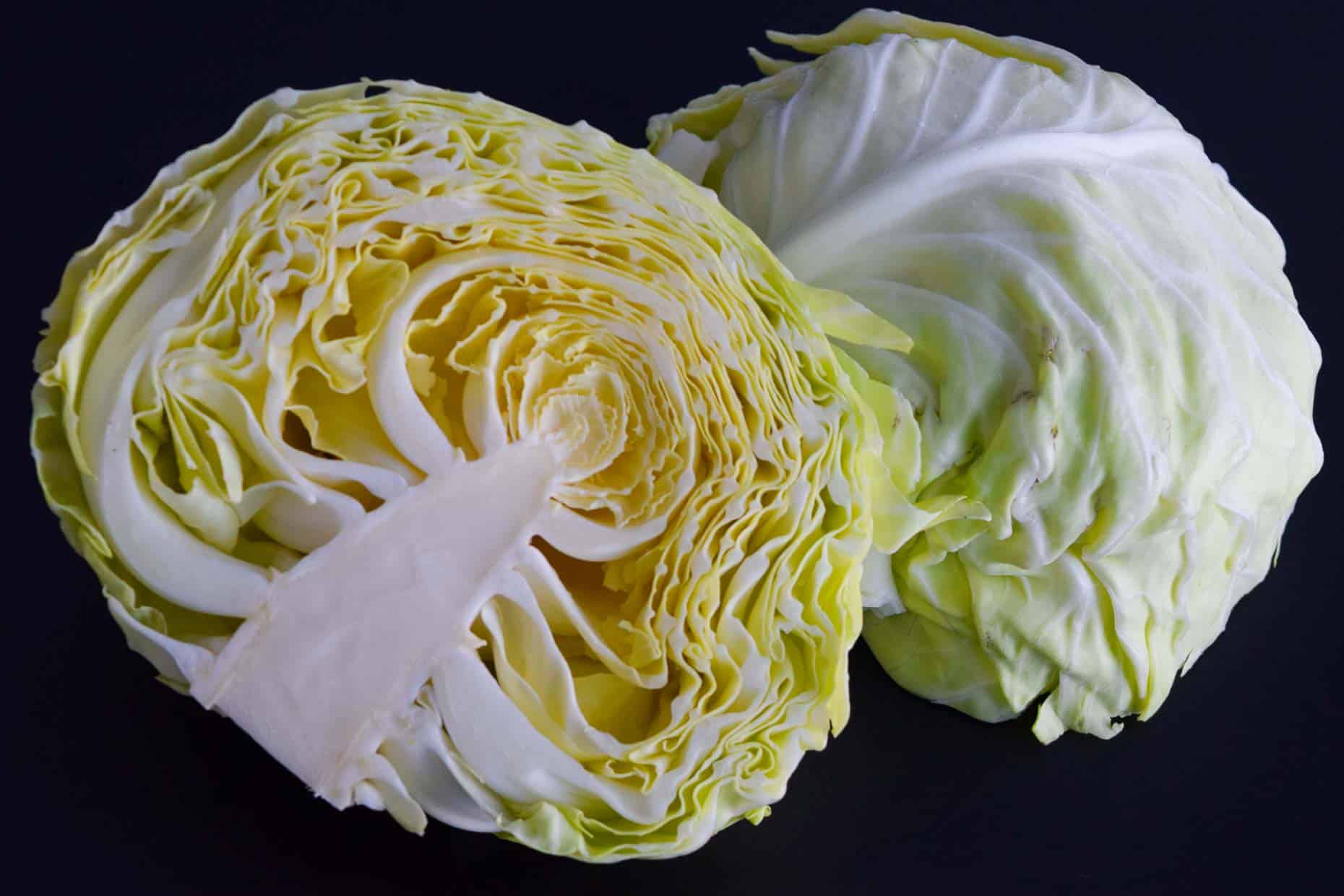
Poor cabbage. Always a bridesmaid, never a bride. But with the right ingredients, she makes one hell of a bridesmaid! I'm personally partial to sauerkraut (especially in January for good luck!) but my fellow food bloggers have conjured up some pretty unique options for you below!
- How to choose it:
- Choose a head that is tight and compact and heavy for its size. It should be firm to the touch and you'll want to avoid any cabbage that has discolorations or dark spots.
- Choose cabbage that is rich in whatever color you are choosing (either bright, lime green or dark, maroon red.)
- There should be a few loose leaves and the leaves should be crisp rather than soft. which is a sign that the cabbage is old or damaged.
- Larger heads will have a milder flavor than smaller ones.
- How to store it:
- Store the cabbage whole in a plastic bag. If you must cut it in half, then wrap it in saran wrap before storing.
- Store in the crisper drawer for a few weeks. A whole cabbage will last longer than one that has been cut.
- How to prepare cabbage:
Carrots
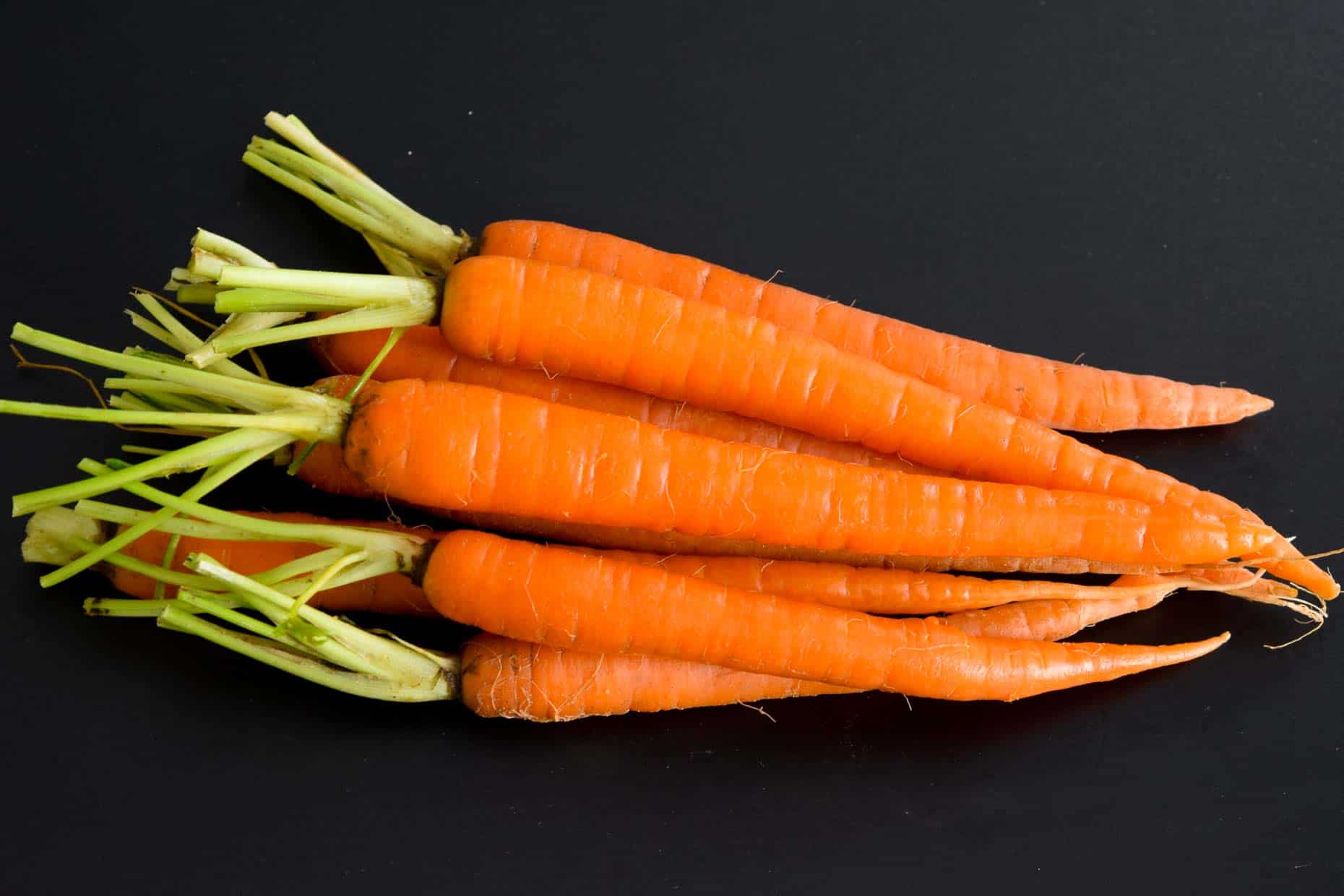 I love carrots more than Bugs Bunny himself. The legit ones. Not the weirdly shaped, bagged, baby carrots. We eat a lot of carrots in our household. Sometimes roasted, sometimes sautéed, but always paired with chicken or a good steak!
I love carrots more than Bugs Bunny himself. The legit ones. Not the weirdly shaped, bagged, baby carrots. We eat a lot of carrots in our household. Sometimes roasted, sometimes sautéed, but always paired with chicken or a good steak!
- How to choose them:
- Choose carrots that are firm and bright orange. Coloration should be uniform throughout the carrot and tops should be crisp and bright green.
- The skin should be smooth. Avoid choosing carrots that are pale, cracked, soft, shriveled or wilted.
- Choose medium sized carrots that taper at the ends, as the larger ones will be tough.
- How to store them:
- Cut the greens off to prevent moisture loss.
- You want to keep the carrots dry, so store in an open bag in your crisper drawer.
- Store away from fruit (some fruit produces ethylene gas which will age the carrots faster.)
- Carrots will last for a few weeks in the refrigerator.
- How to prepare them:
Citrus fruits (Clementines, grapefruit, lemons, tangerines, oranges)
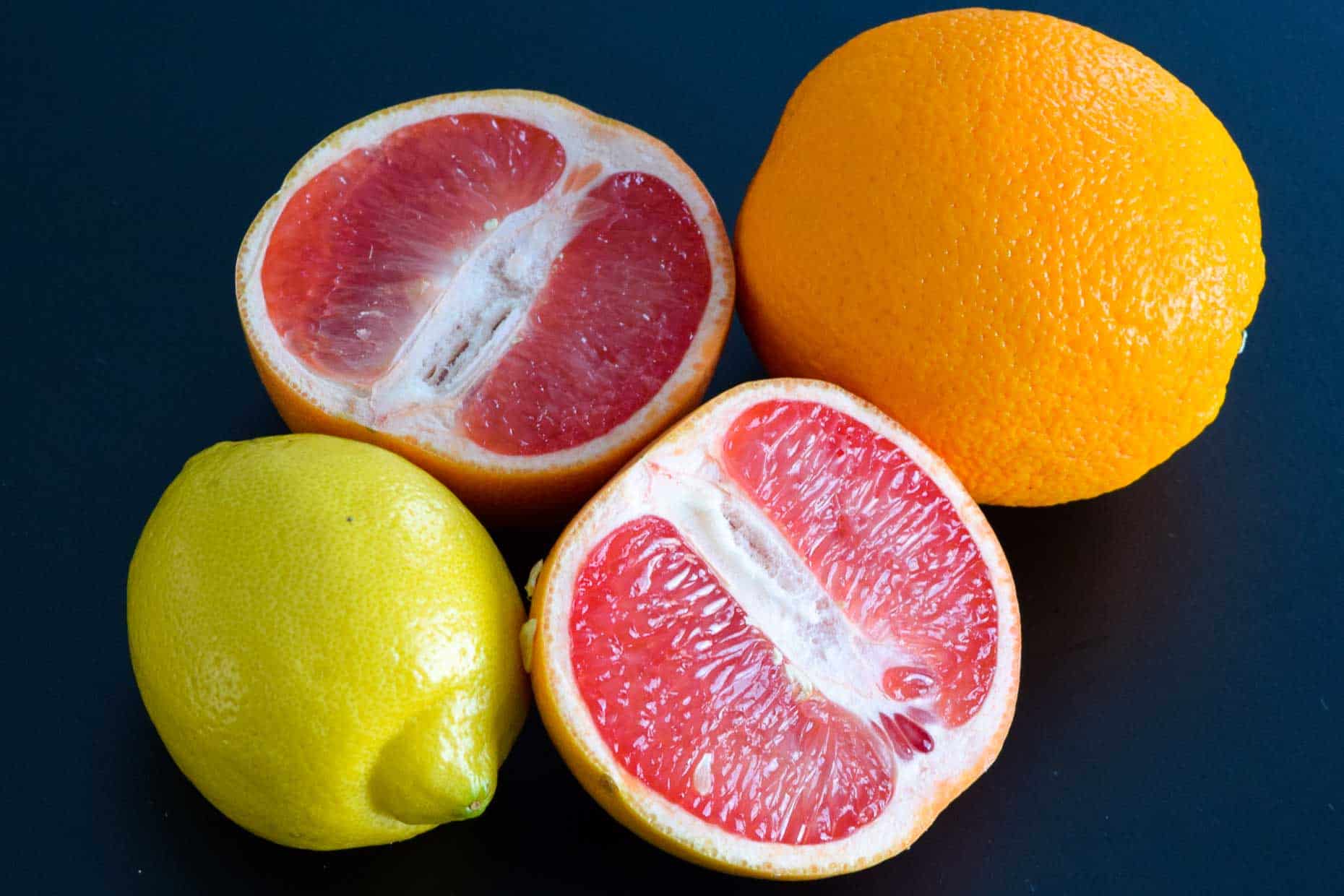 Time to add a little variety to this produce guide....with fruit! I don't know about you, but I didn't really think about fruit being in season during January.
Time to add a little variety to this produce guide....with fruit! I don't know about you, but I didn't really think about fruit being in season during January.
I load up on fruit during the summer months, but during the winter it just doesn't strike me as being fresh and seasonal. However, citrus fruits are in season right now so feel free to load up and whip up some healthy, fun and bright recipes to get you through these cold months!
- How to choose them:
- The skin should be clear and free of blemishes. Choose fruit that has a smooth, evenly firm, finely textured peel rather than a thick, heavily dimpled peel. This will ensure you get more fruit and juice!
- Avoid fruits with soft, tender spots and wrinkled skin.
- Pick the heaviest fruits as they'll have the most juice.
- Choose the fruits with the strongest, sweetest smell.
- How to store them:
- Citrus fruit can be stored either on the countertop in a fruit bowl or in the refrigerator. If you're going to be eating them within a week, then the countertop is ideal because room temperature fruits will have a stronger flavor. However, if you're wanting to store them for later, then store them loose in the crisper drawer for up to 2-3 weeks.
- Do not store sealed in a plastic bag or loose on refrigerator shelves, as both will promote ripening.
- How to prepare them:
Kale
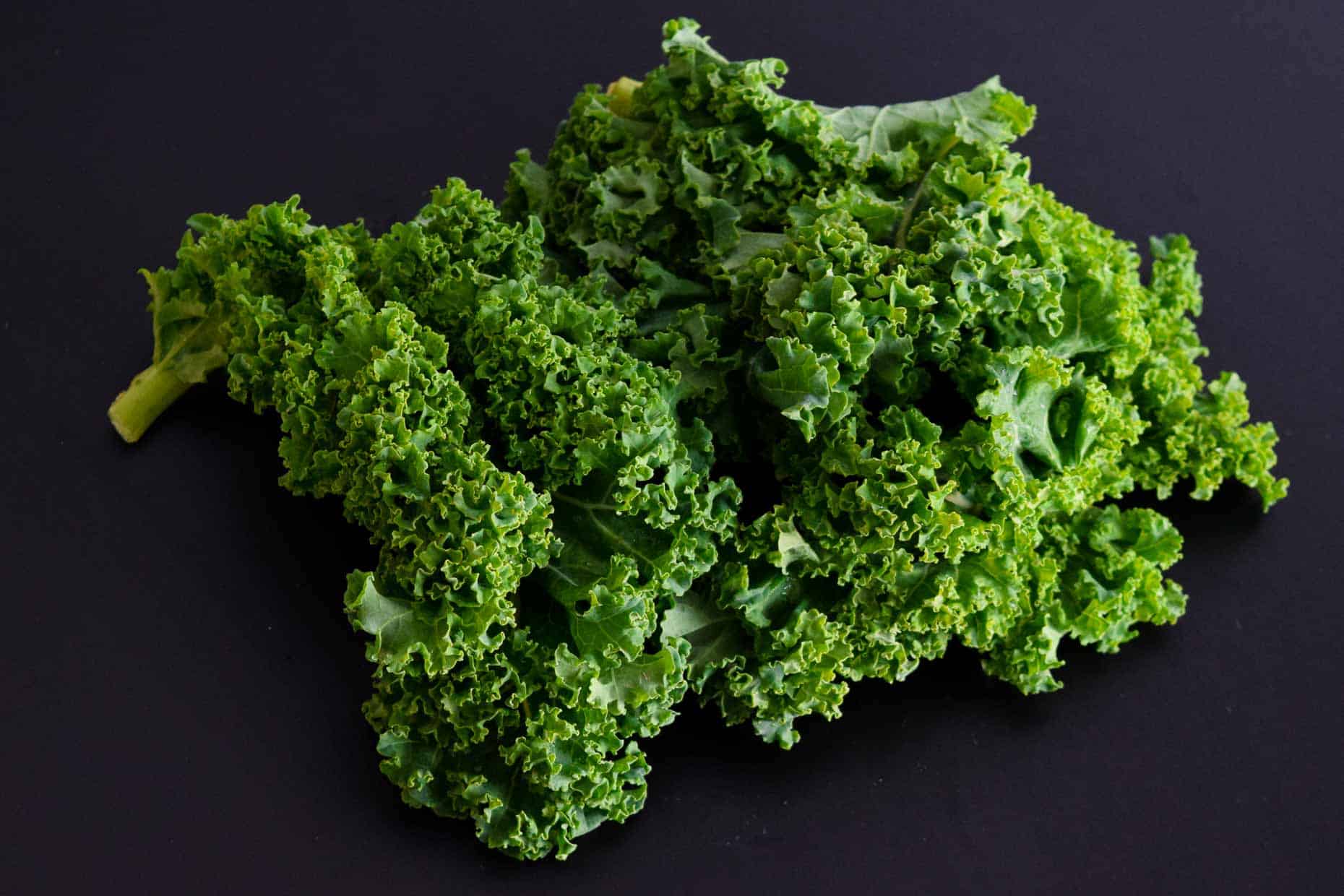 Ahhh superfood kale! If you're looking to eat healthily and stay on track with your New Year's resolutions then kale should definitely be on your shopping list this month! Luckily we've got some scrumptious recipes to help make it taste less....kale-y...:)
Ahhh superfood kale! If you're looking to eat healthily and stay on track with your New Year's resolutions then kale should definitely be on your shopping list this month! Luckily we've got some scrumptious recipes to help make it taste less....kale-y...:)
- How to choose it:
- The leaves should be crisp, moist, unwilted and free of blemishes.
- The stems are edible, so they should be crisp and in good shape as well.
- Avoid kale with brown or yellowed leaves.
- Smaller leaves will be more tender and have better flavor.
- How to store it:
- Wrap unwashed kale in a damp paper towel and store in your refrigerator crisper drawer.
- Flavor increases over time so use within a day or two of purchasing unless you want a strong kale-y taste!
- Eat within 1-2 weeks.
- How to prepare it:
Winter squash
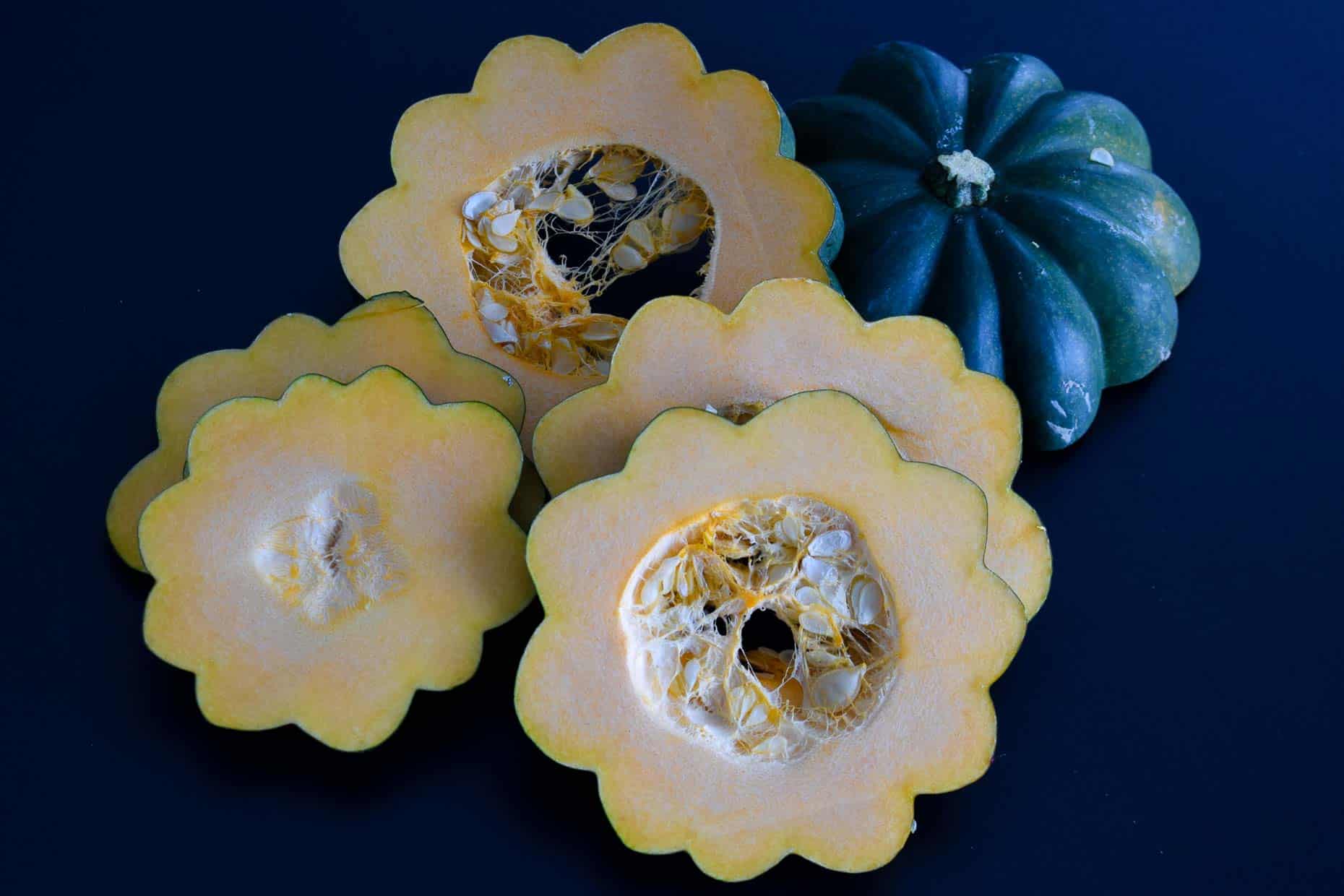 Last but not least, we have the winter squash! Naturally this is in season in the middle of winter! Winter squash includes acorn squash, butternut squash, delicata squash, spaghetti squash, and more. Andrew isn't a huge fan of squash, but he does love my butternut squash fries!
Last but not least, we have the winter squash! Naturally this is in season in the middle of winter! Winter squash includes acorn squash, butternut squash, delicata squash, spaghetti squash, and more. Andrew isn't a huge fan of squash, but he does love my butternut squash fries!
There are a ton of options in preparing these guys to make even the pickiest of eaters dig in! And if you need any advice on how to cut up a squash (because I know I did!), here is a guide on how to cut a butternut squash!
- How to choose it:
- Choose heavy, firm, well-shaped squashes with hard, tough skin.
- Avoid squash with sunken, moldy spots, cuts or punctures.
- The stem should be intact, firm and dry.
- The skin should be dull and matte, shiny skin means the squash was picked too early.
- Choose a squash that is rich and deep in color.
- How to store it:
- Store in a dark, cool place for 2-3 months, such as in your basement.
- If you have to cut it, store sealed in the refrigerator for up to 4 days.
- How to prepare it:
That's it!! I hope you enjoyed this month's produce guide! Plan ahead by checking out next month's guide!

Daniela says
Such a great guide! All the recipes featured look delicious. I can’t wait to try them!
cutsandcrumbles says
Thanks Daniela!! There are so many good ones from so many great bloggers! I’m excited to try them all, too!
Emese @ My Pure Plants says
Very nice list for anyone who would like to eat seasonal produce. I find the recipes for lemons and oranges the most intriguing. Broiled grapefruit or Mimosa Tart, awww.
cutsandcrumbles says
I know, don’t those sound amazing?! So fresh and light, too! (Which is exactly what I need in January!!)